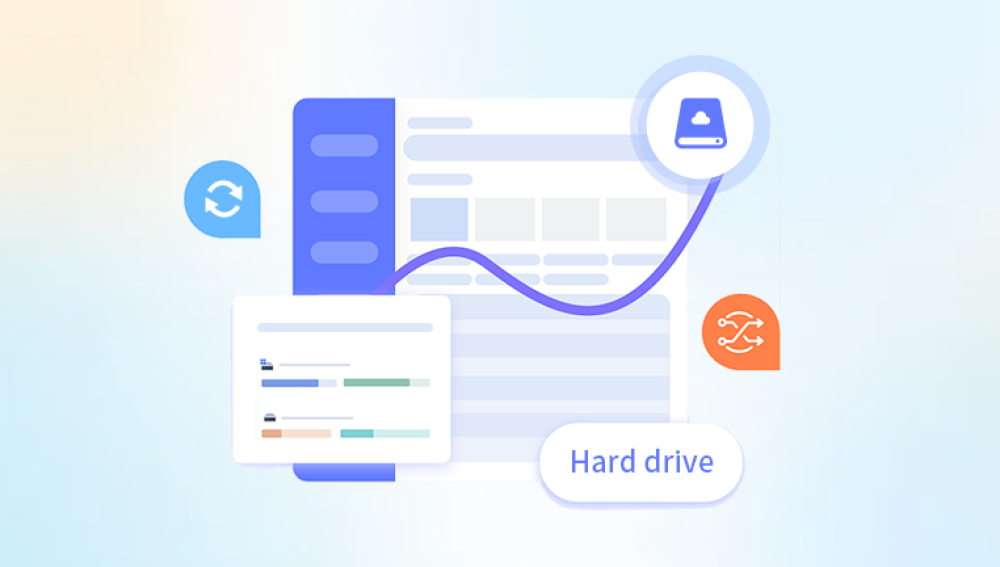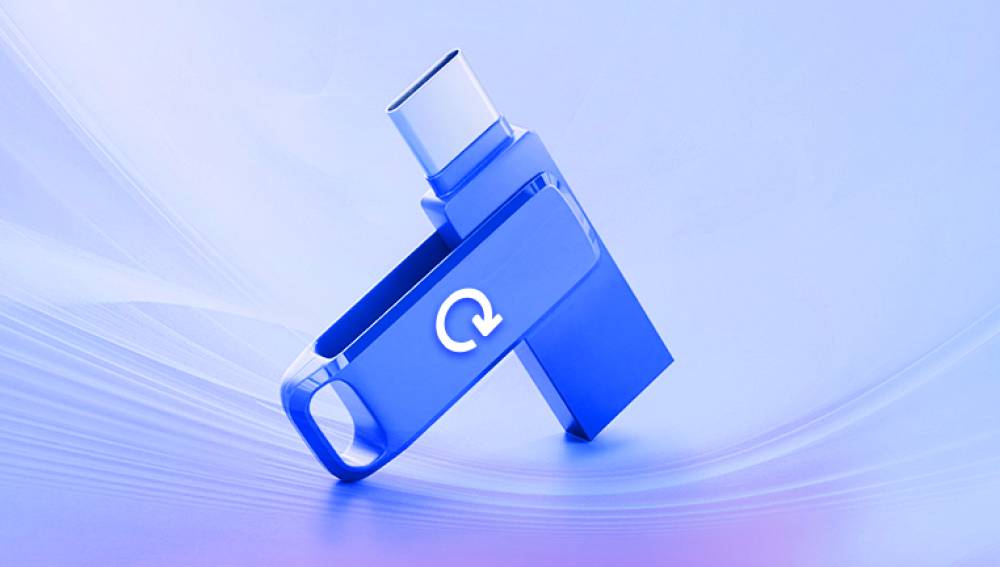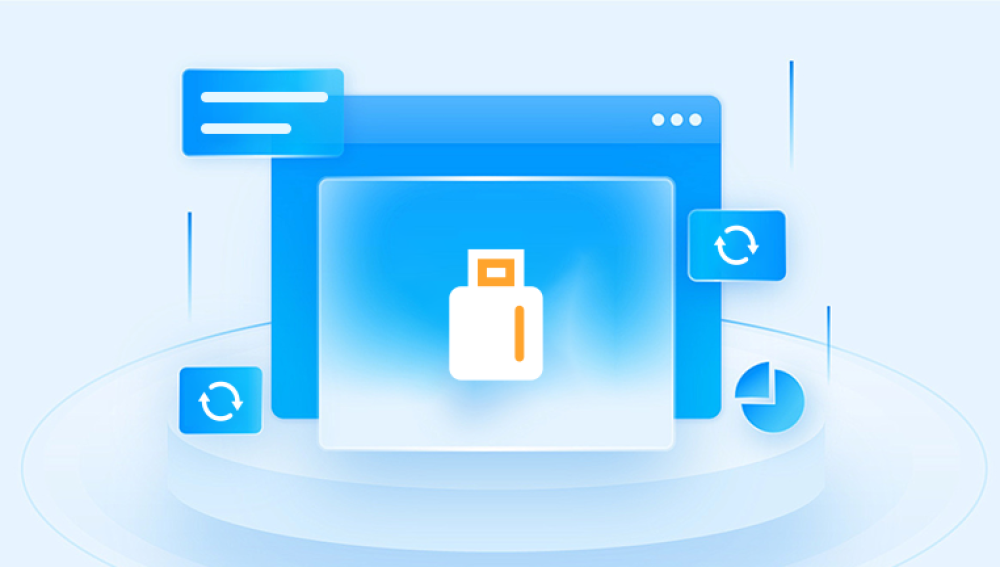USB drives are widely used for storing and transferring data due to their portability and convenience. However, they are also prone to corruption, which can lead to the loss of important files. There are several reasons why a USB drive may become corrupted, including improper ejection, virus attacks, physical damage, and file system errors.
Pre - recovery Precautions
Avoid Further Damage: Do not try to write any new data to the USB drive. Writing new data can overwrite the existing corrupted files, making recovery more difficult or even impossible.
Eject the USB Drive Properly: If the USB drive is still connected to the computer, eject it properly through the operating system. Do not simply unplug it to prevent further corruption.

Backup the Corrupted USB Drive: If possible, make a copy of the entire USB drive before attempting any recovery. This can be used as a backup in case the recovery process goes wrong. You can use disk imaging tools to create an image of the USB drive.
Methods to Recover Files from Corrupted USB Drive
Method 1: Use Windows Built - in Tools
Check Disk (CHKDSK):
CHKDSK is a command - line tool in Windows that can check the file system integrity of a disk and repair any errors it finds. To use CHKDSK, follow these steps:
Plug in the corrupted USB drive to your Windows computer.
Press the Windows key + R to open the Run dialog box. Type "cmd" and press Enter to open the Command Prompt.
In the Command Prompt, type "chkdsk H: /f" (replace "H" with the drive letter of your USB drive) and press Enter. The "/f" parameter tells CHKDSK to fix any errors it finds. Wait for the process to complete. CHKDSK will scan the USB drive for errors and attempt to repair them. If the corruption is due to file system errors, this may fix the problem and allow you to access your files again.
System Restore:
If your Windows system has System Restore enabled, you may be able to restore the USB drive to a previous state when it was working properly. Here's how:
Right - click on the "This PC" icon on your desktop and select "Properties".
In the System window, click on "System Protection" in the left - hand pane.
Select the USB drive from the list of drives and click on the "Restore" button. Follow the on - screen instructions to complete the restoration process. System Restore will restore the USB drive's settings and files to a previous restore point. However, this method may not work if the corruption is due to physical damage or if there are no suitable restore points available.
Method 2: Use Mac Built - in Tools
First Aid with Disk Utility:
Mac computers have a built - in Disk Utility tool that can be used to repair disk errors. To use First Aid with Disk Utility, follow these steps:
Connect the corrupted USB drive to your Mac.
Open Disk Utility. You can find it by using Spotlight Search (press Command + Spacebar and type "Disk Utility").
In Disk Utility, select the USB drive from the list of disks on the left - hand side.
Click on the "First Aid" button in the toolbar. Disk Utility will scan the USB drive for errors and attempt to repair them. Wait for the process to finish. If the corruption is due to file system errors, First Aid may be able to fix the problem and make your files accessible again.
Time Machine Backup Restore:
If you have been using Time Machine to back up your Mac and the USB drive was connected to the Mac at some point, you may be able to restore the files from a Time Machine backup. Here's how:
Connect the USB drive to your Mac.
Open the folder where the files on the USB drive were located.
Click on the Time Machine icon in the menu bar and select "Enter Time Machine".
Use the timeline on the right - hand side to navigate to a time when the USB drive was working properly and the files were intact.
Select the files you want to restore and click on the "Restore" button. Time Machine will copy the selected files from the backup to the original location on the USB drive.
Method 3: Use Third - Party Data Recovery Software
A corrupted USB drive can be a nightmare, especially when it contains important files. Whether the corruption is caused by improper ejection, malware, or file system errors, Drecov Data Recovery provides a reliable solution to restore lost data efficiently.
Steps to Recover Files Using Drecov Data Recovery
Download and Install – Install Drecov Data Recovery on your computer and connect the corrupted USB drive.
Scan the Drive – Launch the software and select the corrupted USB drive. Choose a deep scan to maximize recovery chances.
Preview and Select Files – Once the scan is complete, preview the recoverable files and select the ones you need.
Recover and Save – Click the "Recover" button and save the restored files to a different location to prevent overwriting data.
Method 4: Professional Data Recovery Services
When to Consider Professional Services:
If the above methods do not work or if you suspect that the USB drive has physical damage, it may be time to consider professional data recovery services. Professional data recovery companies have specialized equipment and expertise to handle complex data recovery situations. Some signs that indicate you may need professional help include:
The USB drive makes unusual clicking or buzzing noises, which may indicate mechanical problems.
The USB drive is physically damaged, such as a bent connector or a cracked casing.
You have tried multiple recovery methods without success, and the files are still inaccessible.
Choosing a Professional Data Recovery Company:
Do your research: Look for companies with a good reputation and positive customer reviews. Check their website for information about their services, experience, and success rates.
Get a quote: Contact several companies and ask for a detailed quote for the data recovery service. The cost may vary depending on the type of damage and the amount of data to be recovered.
Check for certifications: Look for companies that are certified by industry - recognized organizations. This ensures that they follow professional standards and best practices.
Ask about the process: Inquire about the data recovery process, including how long it will take and what measures they take to protect your data privacy.
Post - recovery Steps
Check the Recovered Files: After recovering the files, carefully check each file to ensure that they are complete and accessible. Open the files to make sure they can be read and edited without any errors. If some files are still corrupted or incomplete, you may need to try other recovery methods or contact a professional for further assistance.
Format the USB Drive: To prevent future corruption, it is a good idea to format the USB drive after recovering the files. Formatting will erase all the data on the USB drive and restore its file system to a clean state. You can use the built - in formatting tools in your operating system. For Windows, right - click on the USB drive in "This PC" and select "Format". For Mac, use Disk Utility to format the USB drive.
Create Backups: To avoid data loss in the future, create regular backups of your important files. You can use external hard drives, cloud storage services, or other backup methods to ensure that your data is safe in case of any hardware failures or data corruption.




